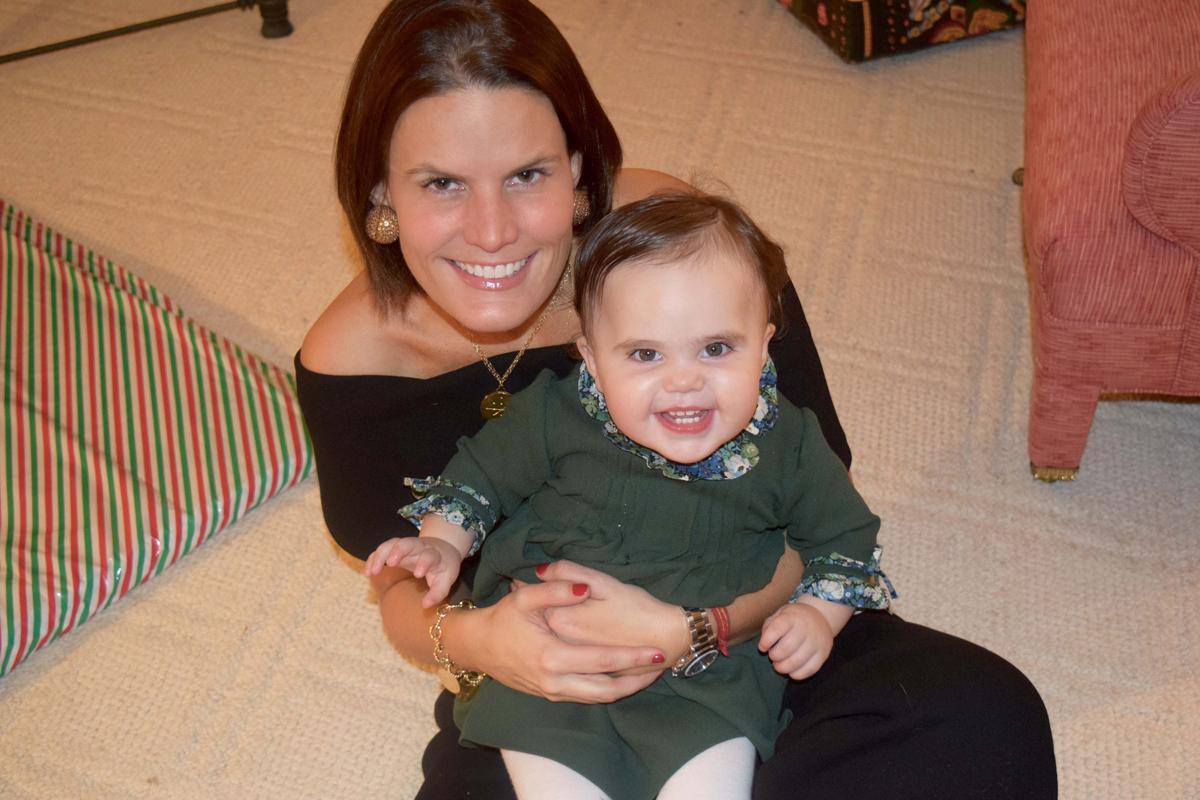
Virginia Wettlaufer Tomenson was 31 years old and in the prime of her career when she was diagnosed with stage III breast cancer. As a retail development specialist for luxury jewelry company Harry Winston, she worked long hours and often had to jet off to Europe, Asia, and the Middle East at a moment’s notice.
She wasn’t about to let illness derail her. She continued to work throughout her treatment, which included multiple surgeries, months of chemotherapy, and hormone therapy. Virginia was treated at MSK in 2012 by Clifford Hudis, who is now the chief executive officer of the American Society of Clinical Oncology.
“My career was a big part of me, and I felt a sense that I need to keep this normalcy,” she recalls. “I also had a superwoman complex, thinking, I can take my job, cancer, and chemo and do it all. I’m not going to let cancer ruin my life.”
Indeed, work can be an important part of life for people with cancer, says Victoria Blinder, a researcher and oncologist at MSK. Aside from the income, work can benefit patients psychologically by giving them a sense of routine, purpose, and control. But for some patients, holding down a job isn’t always a guarantee.
What the Law Does — and Doesn’t — Say
The Americans with Disabilities Act (ADA) — which covers state and local government employees as well as employees who work at private companies with 15 or more workers — mandates that employers offer reasonable accommodations for employees with a disability, including cancer. But there’s leeway with the law: What makes an accommodation reasonable? If an employer posits that providing such modifications would cause his or her business undue harm, he or she does not have to offer them.
Dr. Blinder sought to learn whether breast cancer patients had difficulty obtaining accommodations and whether or not this impacted their job retention. In a new paper in the journal Health Affairs, Dr. Blinder and other researchers wrote that while expanding the ADA could help, employers and employees can create change on a local level.
“We have to be realistic,” she says. “We have to figure out how we can optimize a woman’s ability to get whatever she needs to hold onto her job.”
The concept of accommodations could mean more frequent breaks during the day, a few days off here and there for treatment, greater respect for privacy, or even a place to sit for an employee who typically stands for long stretches of the day.
“Something simple could make a big difference,” Dr. Blinder says.
Virginia says she was fortunate to work for a company that was understanding of her situation and accommodated her requests to forgo traveling and work modified hours while receiving treatment. She kept her job during and after treatment, and only decided to leave by choice in 2014.
Looking at the Data

Virginia’s situation was not unusual.
Dr. Blinder’s analysis of women treated with chemotherapy for stage I, II, or III breast cancer showed that those whose employers made accommodations were more than twice as likely to keep their job after treatment, compared with those women whose employers did not make accommodations.
“If your employer’s accommodating, it’s more likely that you’re going to be able to keep working,” Dr. Blinder says.
The challenge arises when a woman has a lower-paying job. Low-income women were only about a quarter as likely as higher-income women to have accommodating employers.
Lower-paying jobs, too, may be quickly filled if an extended leave is required.
“It can have such a prolonged effect,” Dr. Blinder says. “We believe this is a causal pathway: Low-income women are less likely to have accommodating employers, and as a result they stop working and are unable to reenter the workforce after their treatment.”
Dr. Blinder also found that Chinese women were less likely than white women to have an accommodating employer and, as a result, retain their job after treatment. She plans to continue studying this population to learn more about why that might occur.
How Workers Can Help Themselves

Dr. Blinder’s immediate focus, though, is on the creation of a mobile app that can help women negotiate for accommodations at work and communicate with their healthcare team to make sure their symptoms are well controlled.
Part of the app, which is in development now, will teach women how to broach the topic with their healthcare team.
“A lot of women don’t realize that part of their doctor’s job is to control their symptoms as well as possible, and to help them navigate things like issues in the workplace,” Dr. Blinder says.
The other part of the app will empower women to hold these conversations with their employers and advocate for themselves, Dr. Blinder says, to create more success stories like Virginia’s.
Now five years out from treatment, Virginia is working at a smaller firm and adjusting to another new reality as a wife, mother, and MSK volunteer. Looking back, she says she would have taken more time for herself while in treatment.
“I’m very lucky that I found a work-life balance that stimulates me and challenges me but also leaves enough space for my family, my daughter, my health, and giving back,” she says.



